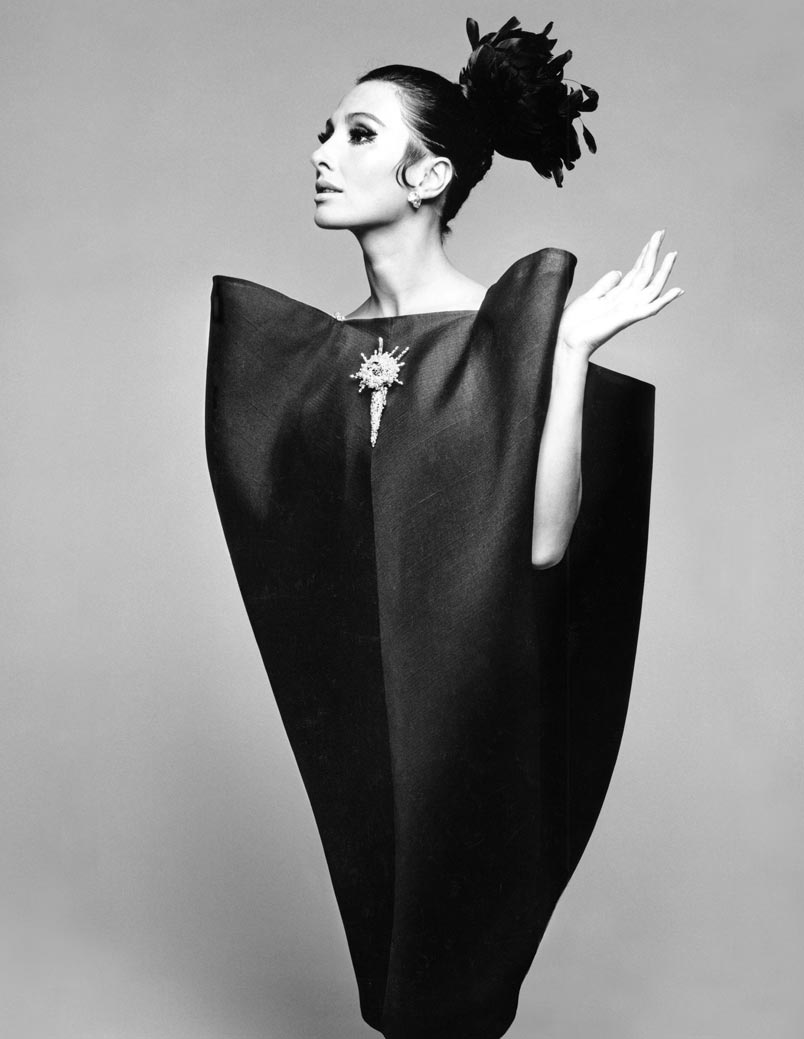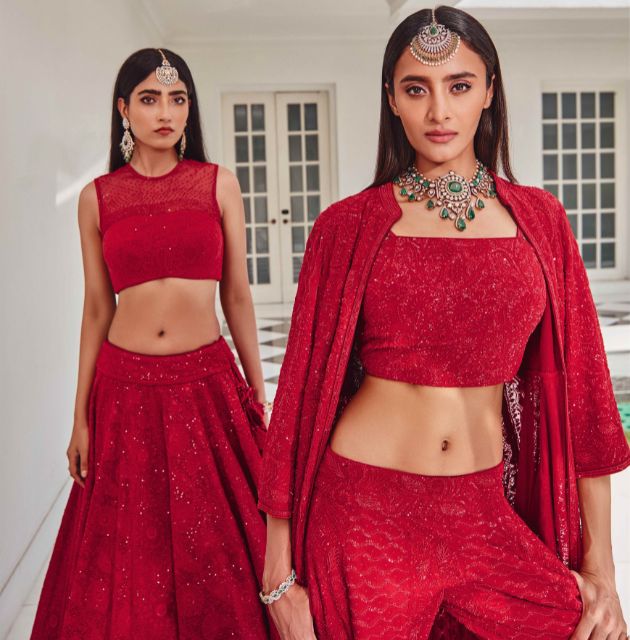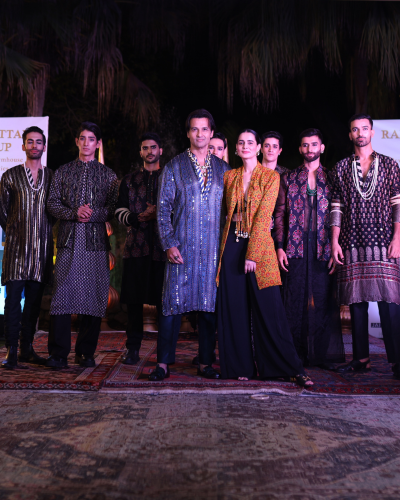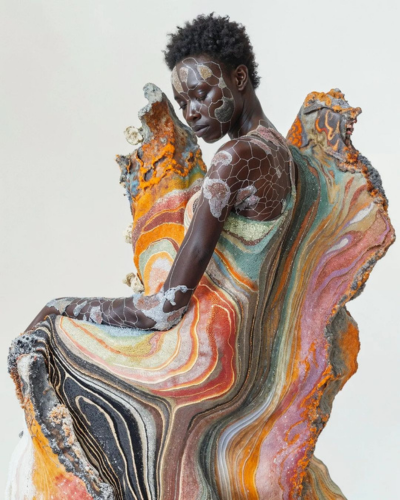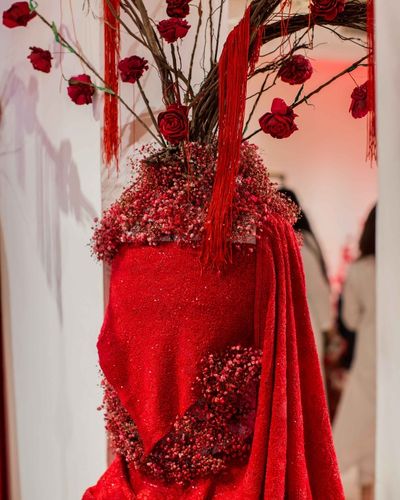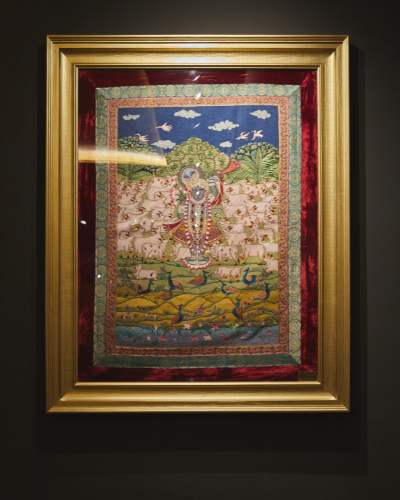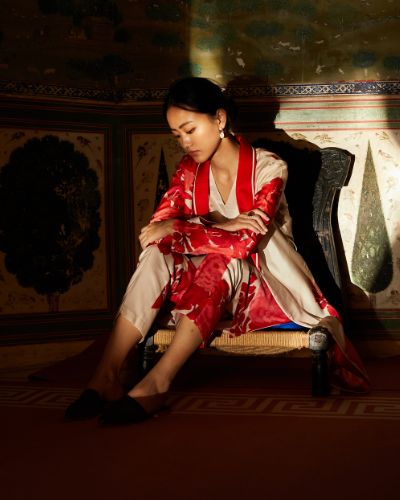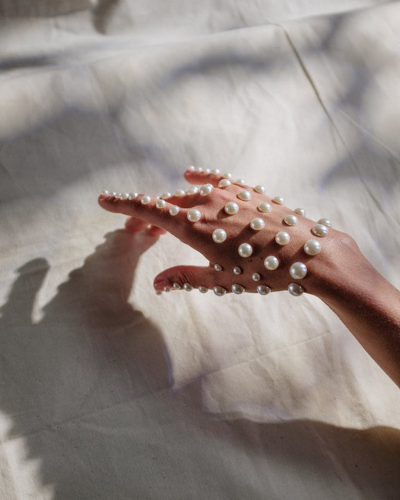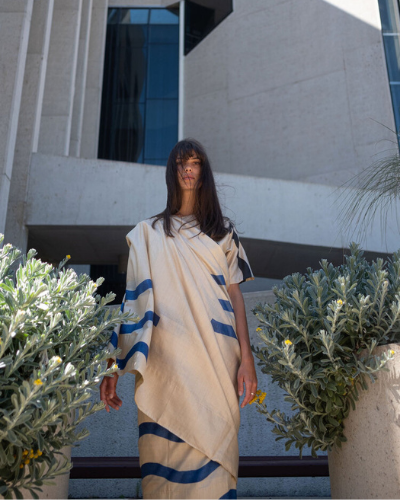Celebrated couturier, Anjul Bhandari is known for reviving traditional craft techniques of chikankari and kamdani. Her eponymous label champions these crafts in their most unadulterated forms. The motifs used across the collections find their origin in the Persian and Mughal ages, and the embroideries stay true to their traditional etymology.
She took a radical departure from demure pastels and monochromes to experiment with bold and resplendent hues of the colour red. The new limited edition collection for the festive season, ‘Surkh Lal’, includes 15 exquisite ensembles with painstaking details. Anjul takes us through her vision, inspiration and other highlights of the collection.
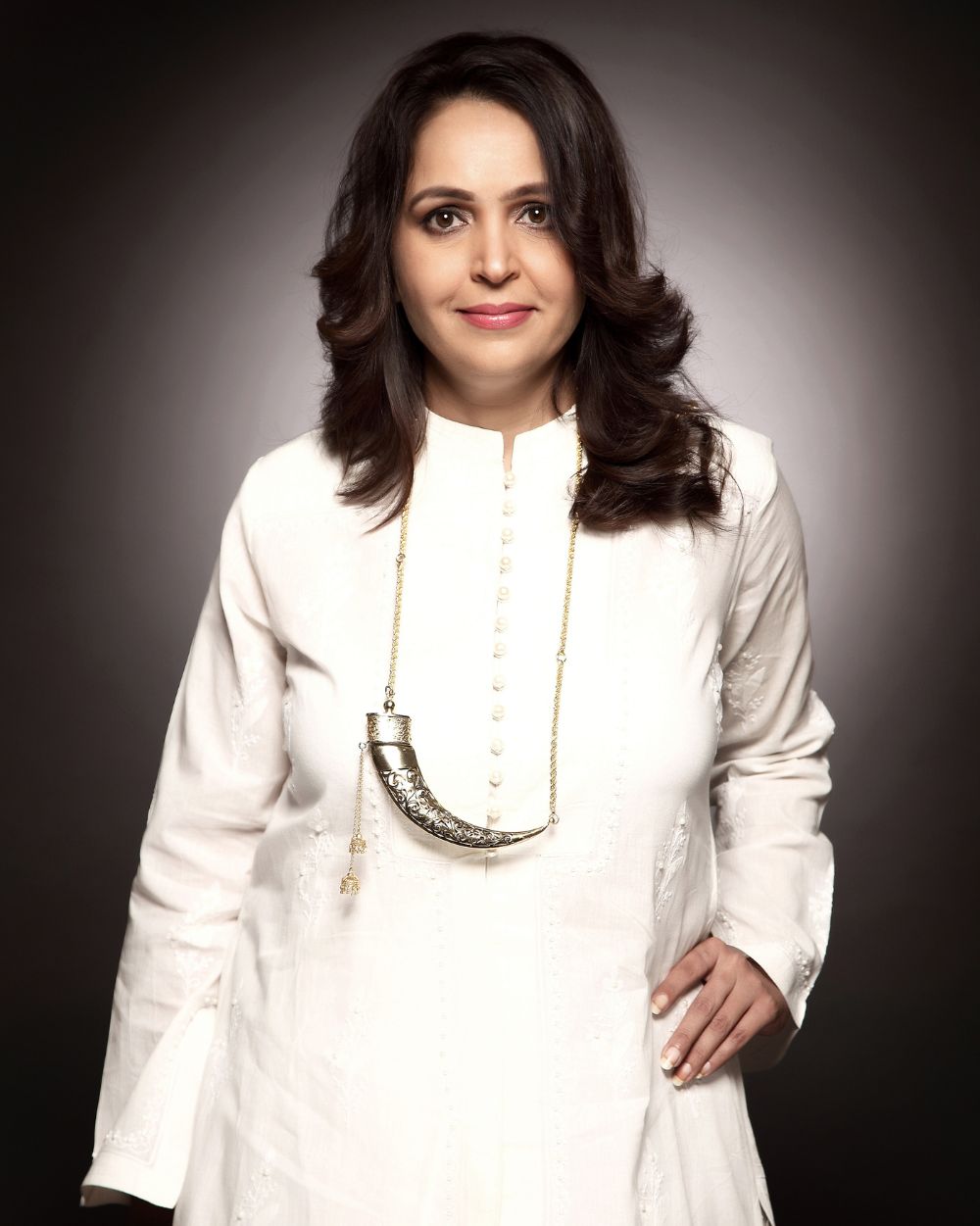
Fashion Designer, Anjul Bhandari
Cultured Luxurist: What piqued your interest to experiment with bold red hues for the first time? Where and how did you seek inspiration for the same?
Anjul Bhandari: We had been travelling to Lucknow by road for the longest time due to the COVID restrictions and crossed the beautiful town of Kannauj in the Awadh region. The captivating scent and aura of roses are omnipresent in Kannauj, the itr capital of the world. Sometimes, we would purposefully drive through the village to immerse in the sensorial experience and found roses drying on the road. This is where the inspiration for this collection originated.
As a brand, we usually work with pastels and always used the colour ‘old rose’, which is an adult pink. With this inspiration and idea, I decided to have our next collection feature the deep red colour inspired by the roses of Kannauj.
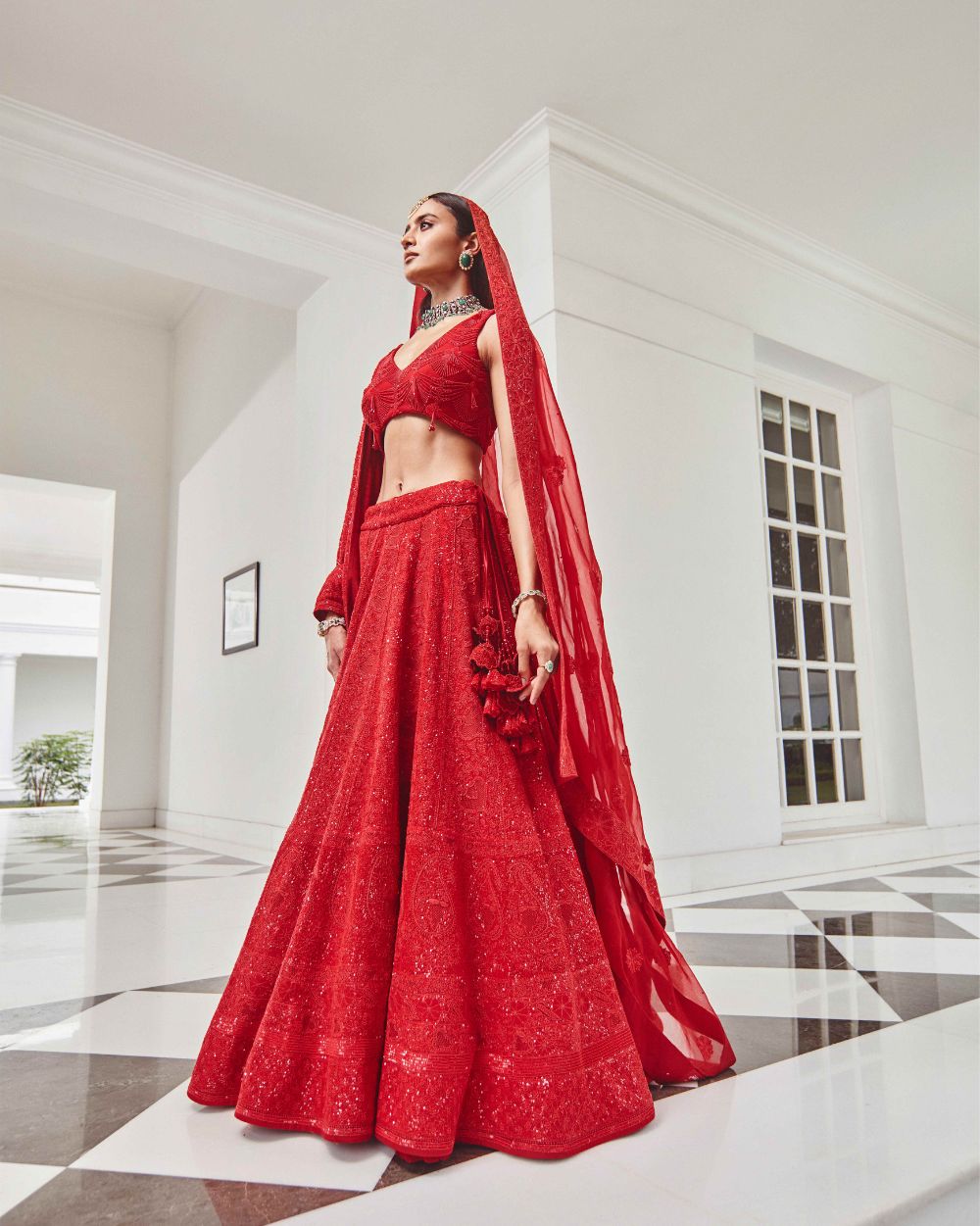
CL: How much time did it take to put together the collection? Tell us about your vision and design vocabulary for the same.
AB: We spent nearly 24 months developing the collection as chikankari is a time-consuming art form that requires months of embroidery. It takes us nearly a year to complete a piece of garment. Given the dyeing process to achieve the exact red colour and search for the right embellishments, the process of creating these 15 garments took us nearly 24 months. The vision was crystal clear from the start though, I wanted to do a limited edition collection of wishlist pieces with different silhouettes in addition to our traditional ones.
CL: If you would like to take us through the hero piece from 'Surkh Lal' for the modern Indian Bride.
AB: The asymmetrical jacket with a bustier and pants done in chikankari is the hero piece. It was designed to keep the millennial or Gen Z bride in mind who want to wear an eclectic mix of traditional and modern aesthetics. The asymmetrical jacket has a traditional touch, but its contemporary style makes it ideal for today's brides.
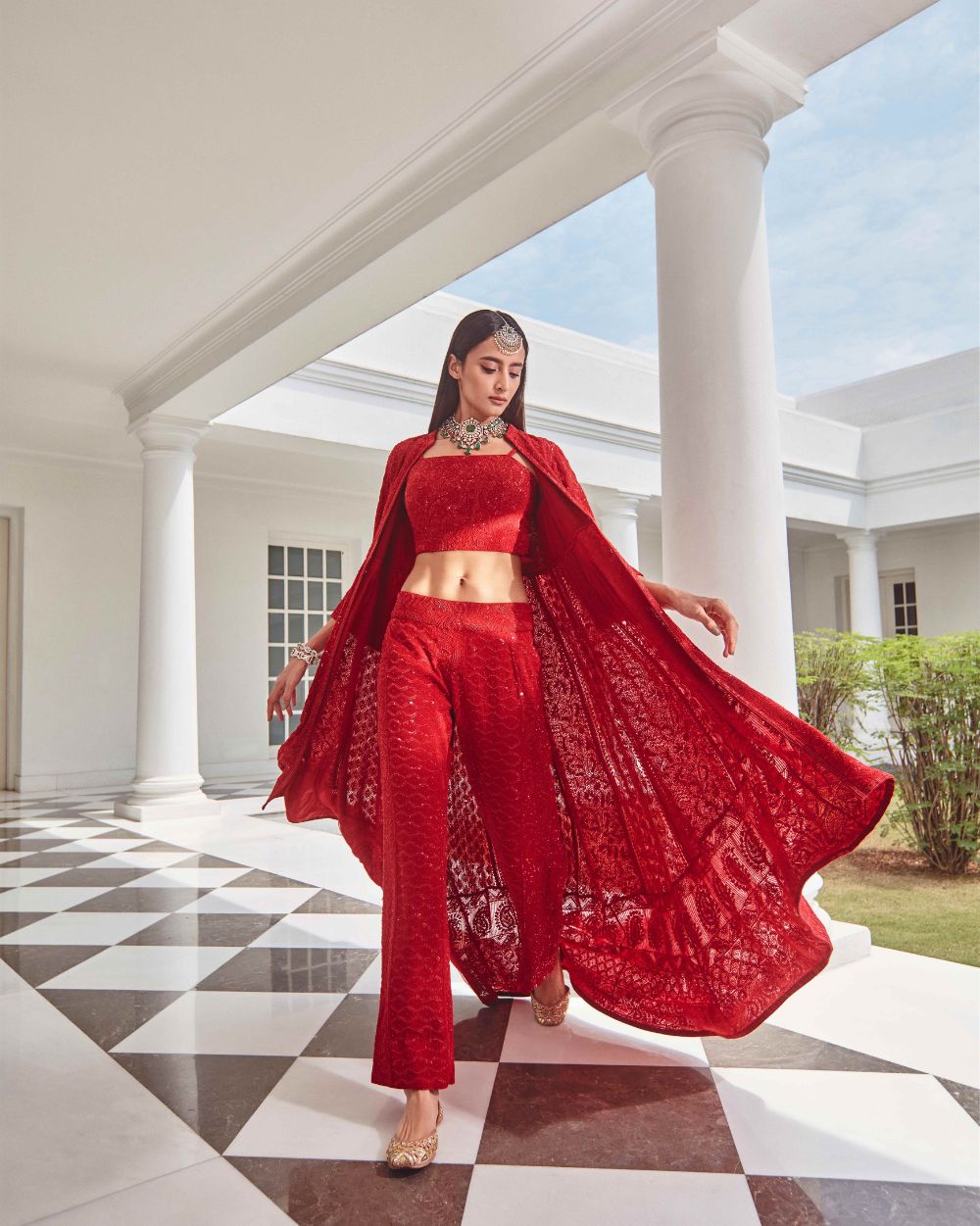
CL: What are the challenges entailing the technicalities of the crafting process and how do you straddle innovation?
AB: One of the biggest challenges of working with chikankari is that it's a time-consuming process. Also, the use of machines instead of supporting the artisans and retaining the original craft hinders our vision. We have to push the artisans to revive the old stitches, which may take them longer to complete a given piece.
You don't need to innovate much in art forms like chikankari and kamdani. No piece can ever be duplicated at any point. Each chikankari and kamdani block can be done in a variety of ways. So, the innovation lies in the printing of the entire art form and convincing the artisans to do it differently, with a different taka and a different stitch. To be innovative, you simply need to have a different perspective.
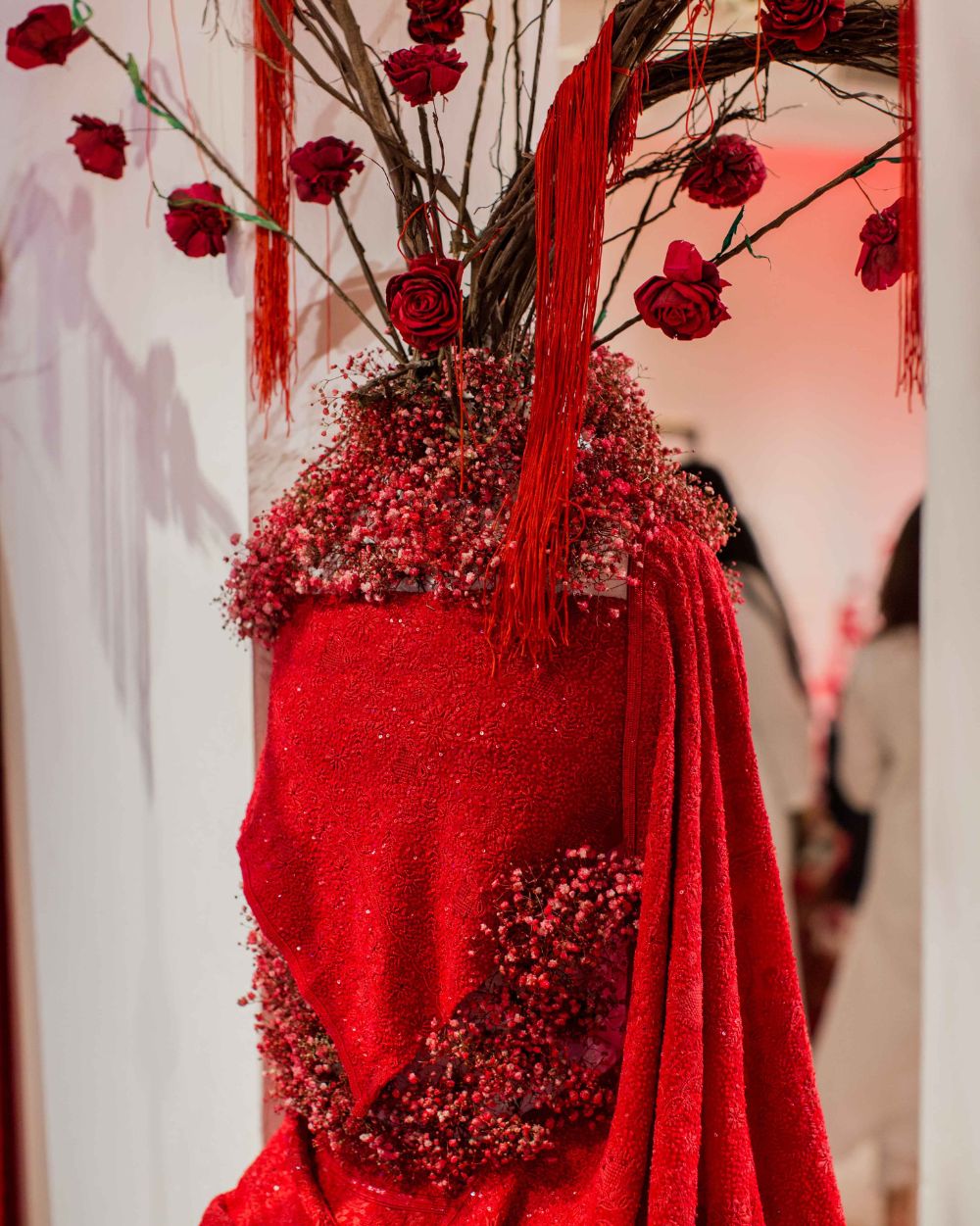
CL: Where are your craftspeople based? How do you collaborate with them?
AB: Chikankari is done within 200 kilometres of the Awadh region, which is geotagged by the Government of India. Therefore, chikankari created in any other region is not considered authentic. Although, I am certain it originated in Bengal.
We only work with the craftspeople of the mentioned region and ensure that our pieces are crafted by master craftsmen of the fourth generation. Whether it is chikankari or kamdani, it is not particularly difficult to collaborate with them. Two of our most beautiful pieces are on display at the National Museum with the artisan's name on them. The greatest applause you can give to a craftsperson is to acknowledge their work and compensate them for the art form they are preserving. This is extremely crucial.
CL: While millennials and Gen-Z are known to be discerning in their sartorial choices, what are your opinions about their craft literacy and awareness?
AB: Today, millennials and Gen Zs are well-read and intellectually curious, and they know their craft. They know where to invest and are big on heirloom pieces, weaves, supporting the craft, and homegrown garments. They take extra care for their big day and come up with a clear idea of what exactly they want. It's not as difficult as it used to be to persuade a bride now.
CL: If you would like to share a tip or two for our readers on how to take care of chikankari clothes.
AB: Always keep an anti-moth with your heirloom chikankari pieces and never use perfume directly on the piece. Finally, and most importantly, have it dry cleaned organically.
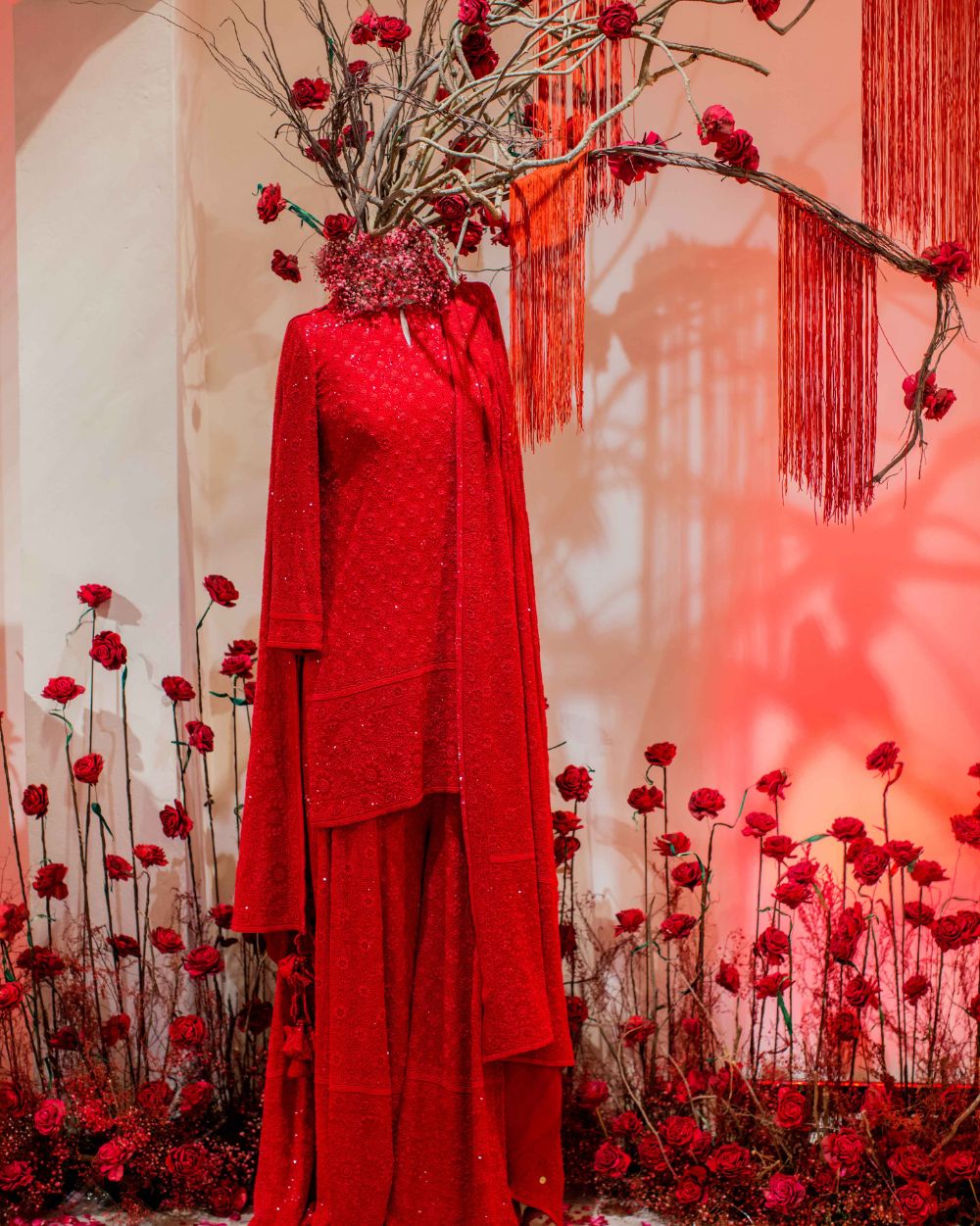
CL: Lastly, how do you foresee the future of chikankari in Indian fashion?
AB: Chikankari as an art form has existed since the age of the Nawabs, as we know it existed during the time of Noorjahan. The Nawabs wore it in the most beautiful silhouettes. As a result, it has long been regarded as a stunning art form with exquisite embroideries. We have to work on reinventing it and making the art form more accessible globally. Create awareness about the exquisiteness of the craft form, its fine detailing and richness. Its versatility makes it equally good on western silhouettes and is apt for warmer weather. However, there is no doubt that kamdani is an art form that we must put more effort to cultivate. It is becoming extinct and we must collectively strive harder to preserve this beautiful craft form.
